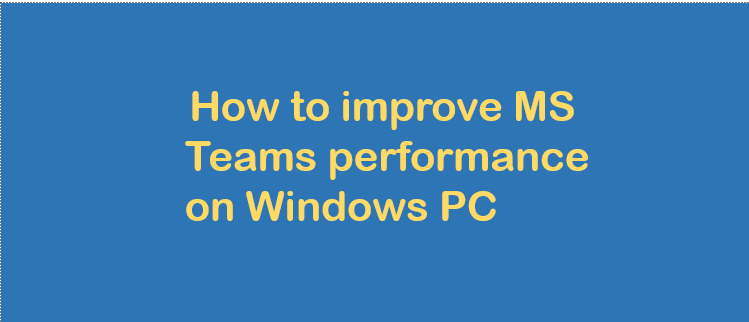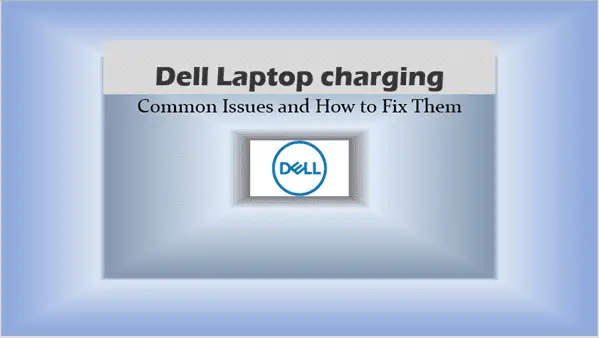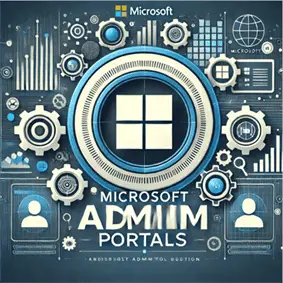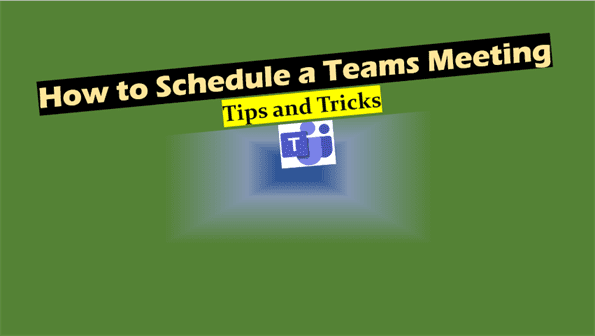How to Improve MS Teams Performance on Windows PC: A Comprehensive Guide
Discover expert tips on how to improve MS Teams performance on Windows PC. Boost speed, reduce lag, and optimize your experience with our comprehensive guide.
Are you experiencing sluggish performance, lag, or slow loading times with Microsoft Teams on your Windows PC? You’re not alone. Many users have reported similar issues, and in this comprehensive guide, we’ll explore various methods to optimize your MS Teams experience. Whether you’re dealing with Microsoft Teams being very slow, lagging, or taking forever to load, we’ve got you covered with proven solutions to enhance the responsiveness of your Teams client app.
Understanding MS Teams Performance Issues
Before diving into solutions, it’s essential to understand why Microsoft Teams might be running slowly on your Windows PC. Common causes include:
- High resource usage
- Outdated software
- Network connectivity issues
- Conflicting applications
- Excessive cache buildup
By addressing these root causes, we can significantly improve MS Teams performance.
Quick Fixes for Immediate Improvement
Before we delve into more advanced solutions, try these quick fixes:
- Restart the Teams application
- Check your internet connection
- Close unnecessary background applications
- Ensure your PC meets the minimum system requirements for Teams
These simple steps can often resolve minor performance issues quickly.
Disabling GPU Hardware Acceleration
One of the most effective ways to improve MS Teams performance is by disabling GPU hardware acceleration. Here’s how:
- Open Microsoft Teams
- Click on your profile photo or icon in the top-right corner
- Select “Settings”
- In the General tab, find and check the box next to “Disable GPU hardware acceleration”
- Restart Teams for the changes to take effect
This step can significantly reduce the load on your system’s resources, especially if you’re using an older or less powerful GPU.
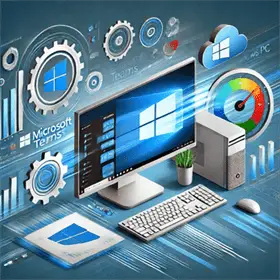
Optimizing MS Teams Add-ins in Outlook
MS Teams add-ins in Outlook can sometimes cause performance issues. Here’s how to manage them:
- Open Outlook
- Click on “File” > “Options”
- Select “Add-Ins” from the left sidebar
- At the bottom, next to “Manage:”, select “COM Add-ins” and click “Go…”
- Uncheck “Microsoft Teams Meeting Add-in for Microsoft Office”
- Click “OK” and restart Outlook
By disabling this add-in, you may see improved performance in both Outlook and Teams.
Clearing MS Teams Cache
Clearing the Teams cache can resolve many performance issues. Follow these steps:
- Completely exit Teams (right-click the Teams icon in the system tray and select “Quit”)
- Press Windows key + R to open the Run dialog
- Type
%appdata%\Microsoft\Teamsand press Enter - Select all files and folders in this directory (Ctrl + A)
- Delete everything (press Delete key)
- Restart Teams
This process will remove temporary data that might be slowing down the application.
Updating MS Teams and Windows
Keeping your software up-to-date is crucial for optimal performance:
- Update MS Teams:
- Click on your profile picture > “Check for updates”
- If available, install the latest version
- Update Windows:
- Go to Settings > Update & Security
- Click “Check for updates” and install any available updates
Regular updates often include performance improvements and bug fixes.
Optimizing Network Settings
Network issues can significantly impact Teams performance. Try these steps:
- Use a wired connection if possible
- If on Wi-Fi, ensure you’re close to the router
- Close bandwidth-heavy applications
- Consider using Quality of Service (QoS) settings on your router to prioritize Teams traffic
Managing Teams Data and Storage
Efficient data management can improve Teams performance:
- Regularly clear chat history:
- Go to Settings > Privacy
- Under “Clear History,” click “Clear”
- Limit file storage:
- Use cloud storage links instead of uploading large files directly to Teams
- Archive or delete unused teams and channels
These steps can help reduce the amount of data Teams needs to process, improving overall performance.
Troubleshooting Specific Performance Issues
Slow Startup
If Teams is taking too long to start:
- Disable auto-start:
- Go to Settings > General
- Uncheck “Auto-start application”
- Perform a clean reinstall of Teams
Lagging During Calls or Meetings
For better call and meeting performance:
- Lower video quality settings:
- Go to Settings > Devices
- Under “Content and Sharing,” adjust video settings
- Use background blur instead of custom backgrounds
- Close other applications using your webcam or microphone
Slow Message Loading
If messages are loading slowly:
- Switch to the Teams desktop app instead of the web version
- Reduce the number of teams and channels you’re a member of
- Use the search function to find specific messages instead of scrolling through chat history
Best Practices for Optimal Teams Performance
To maintain good performance over time:
- Regularly restart your PC and the Teams application
- Keep your operating system and Teams client updated
- Use Teams’ built-in data management features to archive old content
- Monitor your system’s resource usage and close unnecessary applications
- Consider upgrading your hardware if you frequently use resource-intensive features like video calls
FAQs – How to Improve MS Teams Performance on Windows PC
Why is Microsoft Teams so slow?
Microsoft Teams can be slow due to various factors, including high resource usage, network issues, outdated software, or excessive cache. Following the steps in this guide can help address these issues.
How can I speed up Microsoft Teams?
To speed up Microsoft Teams, try disabling GPU hardware acceleration, clearing the cache, updating the application and your operating system, and optimizing your network settings.
Why does Teams take so long to load?
Long loading times can be due to a large cache, slow internet connection, or hardware limitations. Clearing the cache and ensuring your PC meets the minimum system requirements can help reduce loading times.
How do I reduce Teams memory usage?
To reduce Teams memory usage, try closing unnecessary teams and channels, clearing your cache regularly, and avoiding the use of resource-intensive features when not needed.
Can I optimize Teams for better performance on older PCs?
Yes, you can optimize Teams for older PCs by disabling GPU hardware acceleration, using lower video quality settings, and regularly clearing the cache. Consider using the web version of Teams if the desktop app is too resource-intensive.
By following the steps and best practices outlined in this comprehensive guide, you should see a significant improvement in your Microsoft Teams performance on Windows PC. Remember to regularly maintain your system and keep your software updated for the best possible experience. If you continue to experience issues, don’t hesitate to reach out to your IT support team or Microsoft support for further assistance.
Related Posts:
- How to Set Up a Teams Meeting: Top Tips for Beginners and Experts
- Microsoft Teams Network Requirements
- How to Clear Cache in Windows 10
- How to Join a Meeting on Microsoft Teams Effortlessly!
- Microsoft 365 Business Premium vs E3 Office 365 Enterprise Comparison
- Microsoft 365 for Small Business UK
- Deleting Teams Cache (Files and folders)
- Microsoft Teams Log in
- What can my employer see on Microsoft Teams?
- Installing Microsoft Teams on laptop
- Microsoft Surface laptop: A Leap in Portable Computing
